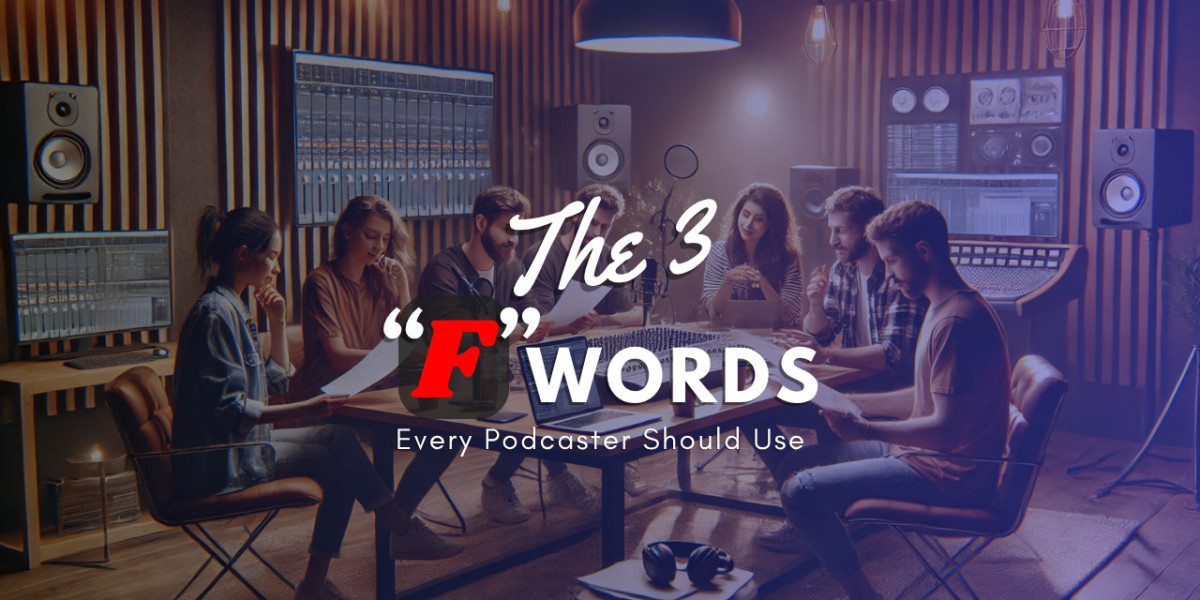Storytelling is the heartbeat of a great podcast. Whether you're hosting solo episodes or interviewing guests, your ability to connect emotionally and guide your audience through transformation is what keeps them coming back.
One powerful but often overlooked tool in a podcaster’s storytelling toolkit is the Feel–Felt–Found framework. It’s not just for sales, it's a structure that helps you create relatable, emotional, and transformational narratives. Let’s break it down and explore how to use it on your show.
What Is Feel–Felt–Found?
This storytelling technique is rooted in empathy and discovery. It helps listeners see themselves in the story and come away with insight or inspiration.
- FEEL: Start with an emotional hook — acknowledge how someone feels about a situation.
- FELT: Show they're not alone — others have felt the same.
- FOUND: Offer the transformation — share what they found that made a difference.
Why It Works on Podcasts
- Builds empathy and connection.
- Turns a generic anecdote into a relatable journey.
- Creates a natural arc of conflict → connection → resolution.
- Helps interview guests open up and reflect meaningfully.
- Makes solo episodes feel personal and powerful.
Examples for Podcasters
Solo Episode Example
"You might feel like your voice doesn’t belong in the crowded world of podcasting, like everyone else is already doing it better.
I’ve definitely felt that imposter syndrome creep in, especially when comparing myself to bigger shows with big budgets.
But what I found was that the most authentic connection with listeners came when I stopped trying to sound like someone else and just embraced my own style, flaws and all."
Interview Example
Context: You're a podcaster interviewing a first-time author who says, “Writing the book was harder than I ever expected, I wasn’t sure I’d even finish it.”
Host Response (Feel–Felt–Found):
“That makes total sense. I think a lot of first-time writers feel that way, like the idea was exciting, but the process turned out to be way more demanding than expected.
I’ve felt similarly trying to finish long creative projects, there’s that moment when the excitement fades and the real grind begins.
What did you find helped you stay committed and finally get it across the finish line?”
Questions You Can Ask Guests Using the 3 Fs
Use these to help guests go deeper and uncover the real emotional journey behind their experiences:
- FEEL:
- “What were you feeling in that moment?”
- “Can you describe the emotions behind that decision?”
- FELT:
- “Do you think others in your industry feel the same way?”
- “Have you talked to other podcasters who’ve felt that too?”
- FOUND:
- “What did you discover about yourself through that experience?”
- “What did you find that helped you turn things around?”
How to Use This Framework Strategically
- Opening a segment: Use “Feel” to hook your audience emotionally.
- Building a story arc: Walk through Feel → Felt → Found to structure a full narrative.
- Addressing objections: Great for Q&A episodes, where listeners share doubts or concerns.
- Promoting solutions: Share your “Found” as a resource, a course, a tactic, or a mindset shift.
Quick Template for Your Next Episode
"You might feel [insert relatable challenge]...
I’ve felt the same way, and it’s tough...
But what I found was [insert insight, lesson, or tactic]."
Final Thought
Whether you're telling your own story or guiding your guest through theirs, Feel–Felt–Found creates emotional depth and transformation, two ingredients every unforgettable podcast needs.
So the next time you sit down to record, don’t just think about the facts, think about the feelings. That’s where your most powerful stories begin.
